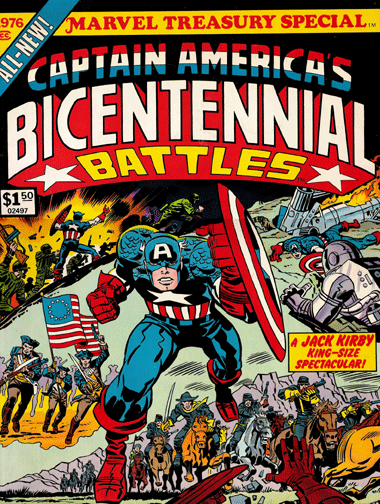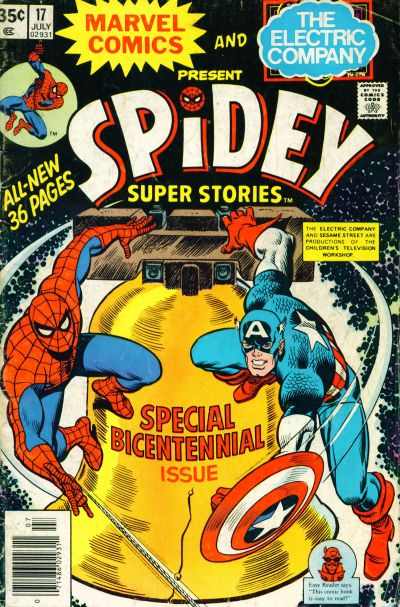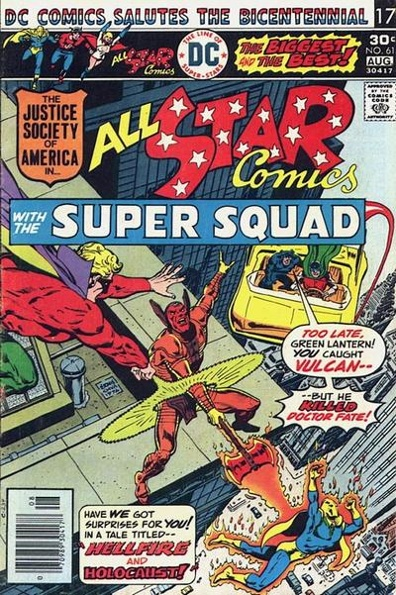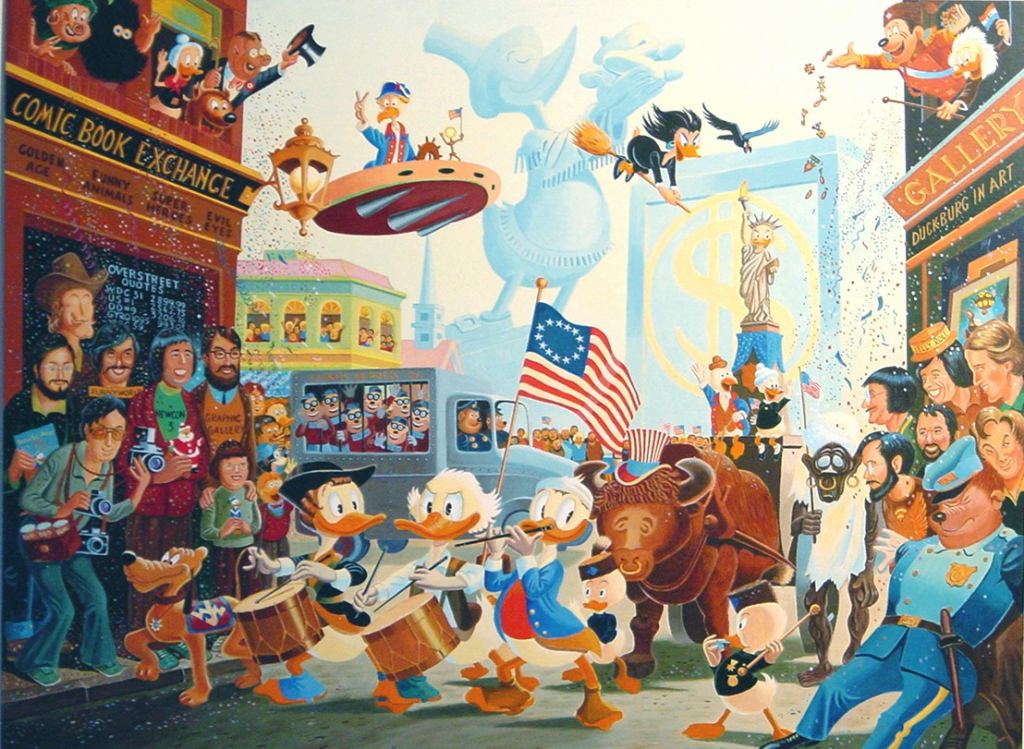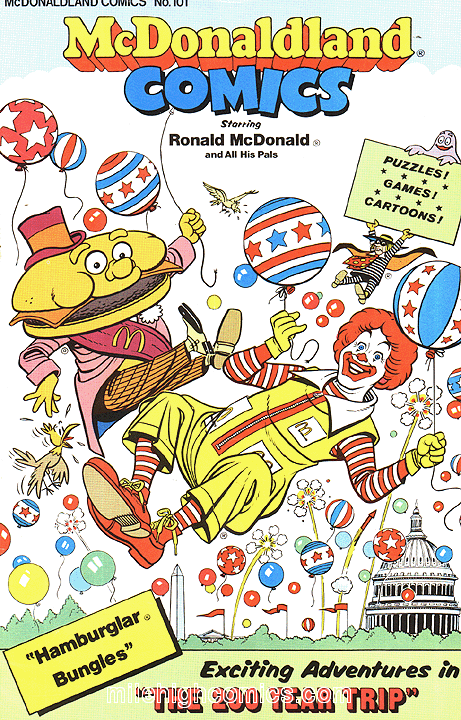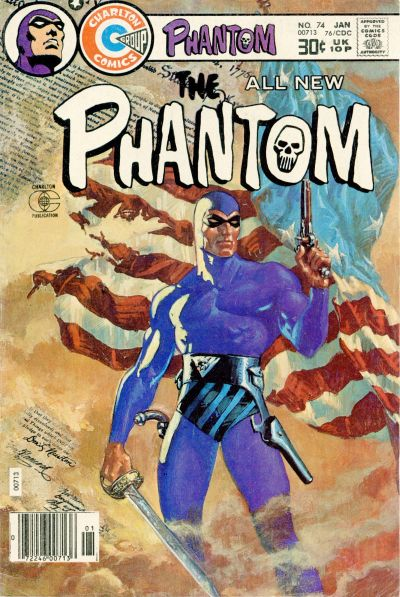On July 4, 1966, the U.S. Congress began planning ten years in advance to celebrate the 200th anniversary of the Declaration of Independence. Preliminary celebrations began even before 1976. On January 18 of that year, Super Bowl X kicked off six months of anticipation, with the Steelers and Cowboys both sporting Bicentennial logos and opening for a patriotic halftime performance by a group called Up with People. (The New England Patriots’ 3-11 record kept them from facing America’s Team in what would have been a more thematic match-up.
Philadelphia followed up by hosting the NBA All-Star Game, the NHL All-Star Game, the NCAA Final Four, and finally the MLB All-Star Game. President Gerald Ford threw out the first pitch, setting the stage for Pete Rose to lead off a 7-1 NL rout of Mark Fidrych.
The mood spread from Philadelphia throughout the country, with national tours of Liberty Bell replicas, nautical parades of tall-masted sailing ships in New York and Boston, and nationwide painting of mailboxes and fire hydrants in red, white, and blue. TV specials by Bob Hope and others celebrated the mood, and cartoons like Schoolhouse Rock aired specials teaching children about American history.
Naturally, comic books joined the celebration.
The Bicentennial at Marvel
Marvel kicked off festivities early with ads for The Mighty Marvel Bicentennial Calendar. The calendar’s cover featured Spider-Man, Hulk, and Captain America posing for Archibald MacNeal Willard’s portrait of The Spirit of ’76. (At DC someone had apparently forgotten to remind Neal Adams to include a Bicentennial angle on the cover of his beautiful Super DC Calendar.)
As July 4 approached, Captain America naturally took command of the celebration. By happy coincidence and perhaps some design, the Bicentennial coincided with the 200th issue of Captain America. The issue was edited, written, and drawn by Jack Kirby. Captain America, the Falcon, and U.S. soldiers thwarted a Tory elitist group that was attempting to turn a terror wave into a coup.
The issue’s letters column announced that this was phase one of a two-part celebration. Phase two was a Marvel Treasury Special, Captain America’s Bicentennial Battles, with Kirby’s name prominently emphasized on the cover.
Working overtime for the holiday, the busy Captain America also joined Spidey to help kids celebrate the Bicentennial in the pages of Spidey Super Stories #17. The issue, jointly produced by The Electric Company, was drawn by John Romita and featured the Liberty Bell on the cover, along with Morgan Freeman’s assurance that “This comic book is easy to read!”
The Bicentennial at DC
At DC, all comics on the stands with July and August cover dates ran with a star-spangled banner on top that read, “DC Comics Salutes the Bicentennial.” The banner appeared above a 30-cent cover price, symptomatic of the inflationary trends that had prompted President Ford’s commitment to “Whip Inflation Now” (WIN). (Unfortunately inflation won that one, and comics were soon “Still only 35 ¢!”)
An ad inside extended an offer of a metal Superman belt buckle in exchange for clipping at least 25 different cover headings. (About this time Marvel was also running belt buckle ads, presumably to be worn with your stylin’ 70s Marvel solid bronze collector-medallion coins, natch. It was a race for belt-buckle supremacy.) To prevent fraud from fanatical belt buckle collectors, acceptable issues were numbered and listed. The ad also warned that the offer expired July 4, 1976, so mutilating your Bronze Age covers today will do you no good. Once the precious belt buckles were gone, they were gone!
The showpiece of DC’s celebration was a Limited Collectors’ Edition (C-47) where Superman saluted the Bicentennial. The oversized special featured Superman retelling American history, with help from Curt Swan. A gallery of Presidential portraits decorated the back cover.
The Bicentennial at Other Comic Book Publishers
Other publishers and creators also joined the celebration. Archie Comics started the party early in 1974, launching the historically-themed cartoon The U.S. of Archie, which survived on the air just long enough to make it through the Bicentennial. Archie and the gang capped off the two-year build-up by traveling to Washington to celebrate the Bicentennial in Life with Archie #172, drawn by former Marvel Bullpen member Stan Goldberg.
Long-time Dell Disney illustrator Carl Barks contributed to the Spirit of ’76 by painting a Willard-style July Fourth in Duckburg.
Underground publishers like Harvey Pekar and Yentzer Gonif used the Bicentennial to comment on capitalism. Meanwhile their corporate archenemy McDonald’s featured a Bicentennial theme in McDonaldland Comics #101, with celebrations led by Ronald and Mayor McCheese (not yet ousted from office by the lawyers for H.R. Pufnstuf).
Last but not least, Charlton closed the year out with a bang, with Don Newton devoting the last issue of The Phantom to “The Phantom of 1776,” one of the best stories of the era.
The Bicentennial is 36 years behind us now. Half a generation has passed, and the United States has been through war without and within. But the nation stands, and comics remain with us, reminding us of the Spirit of ’76 and the hope that it will continue to live in the next generation 36 years from now.


